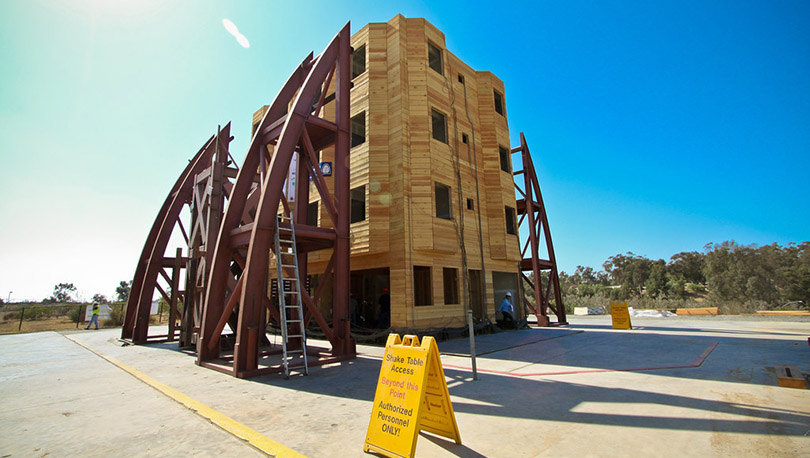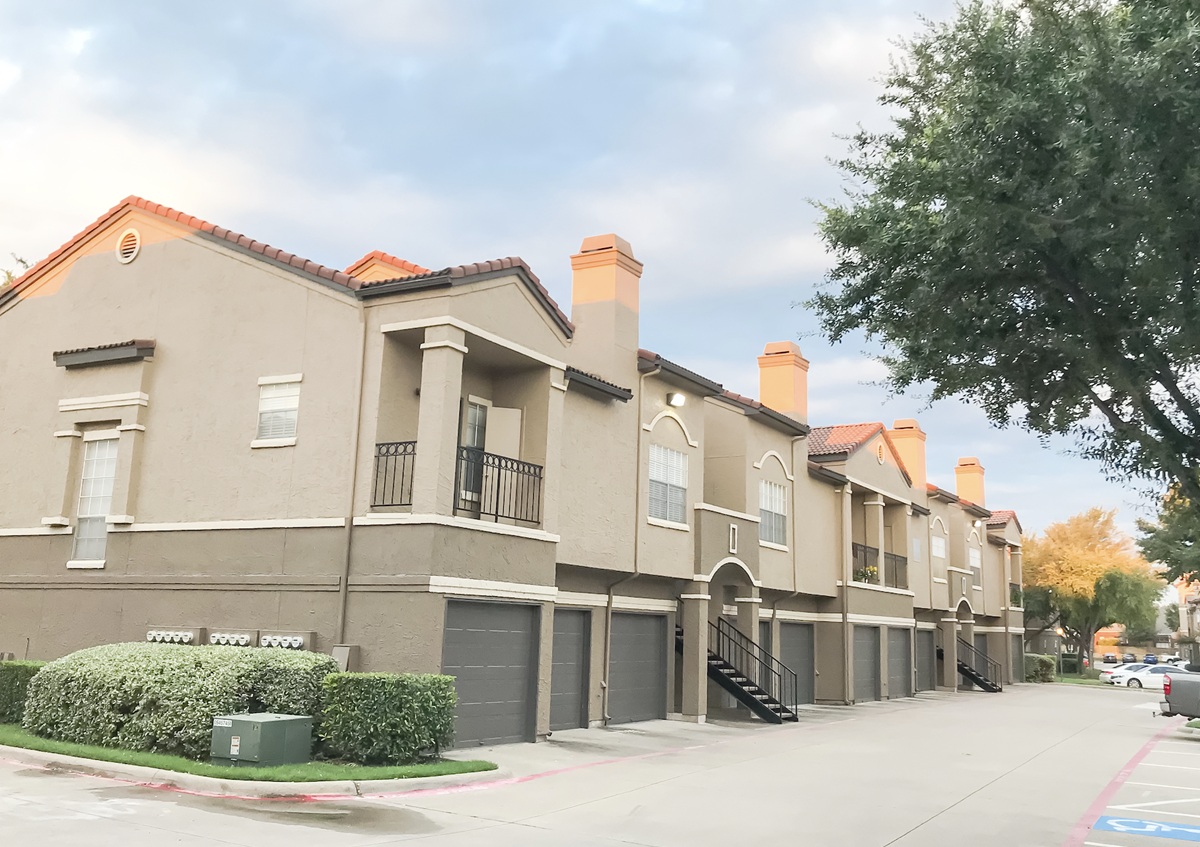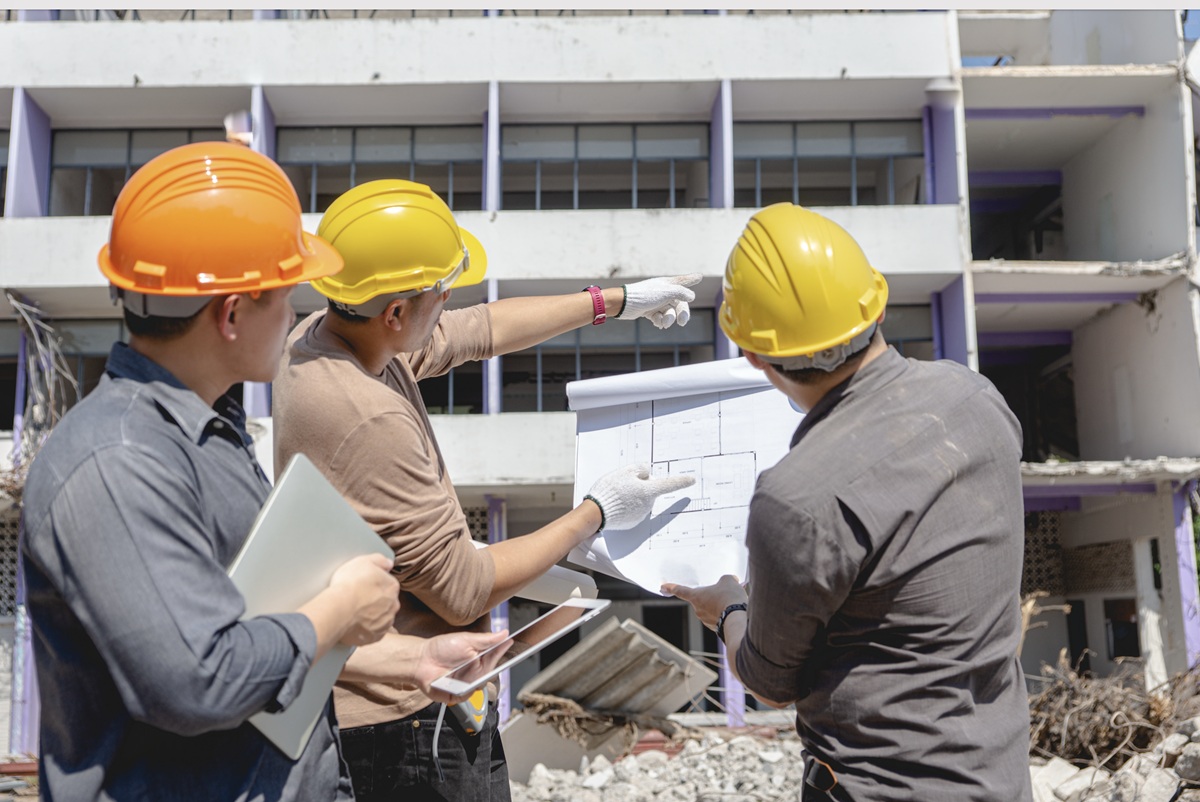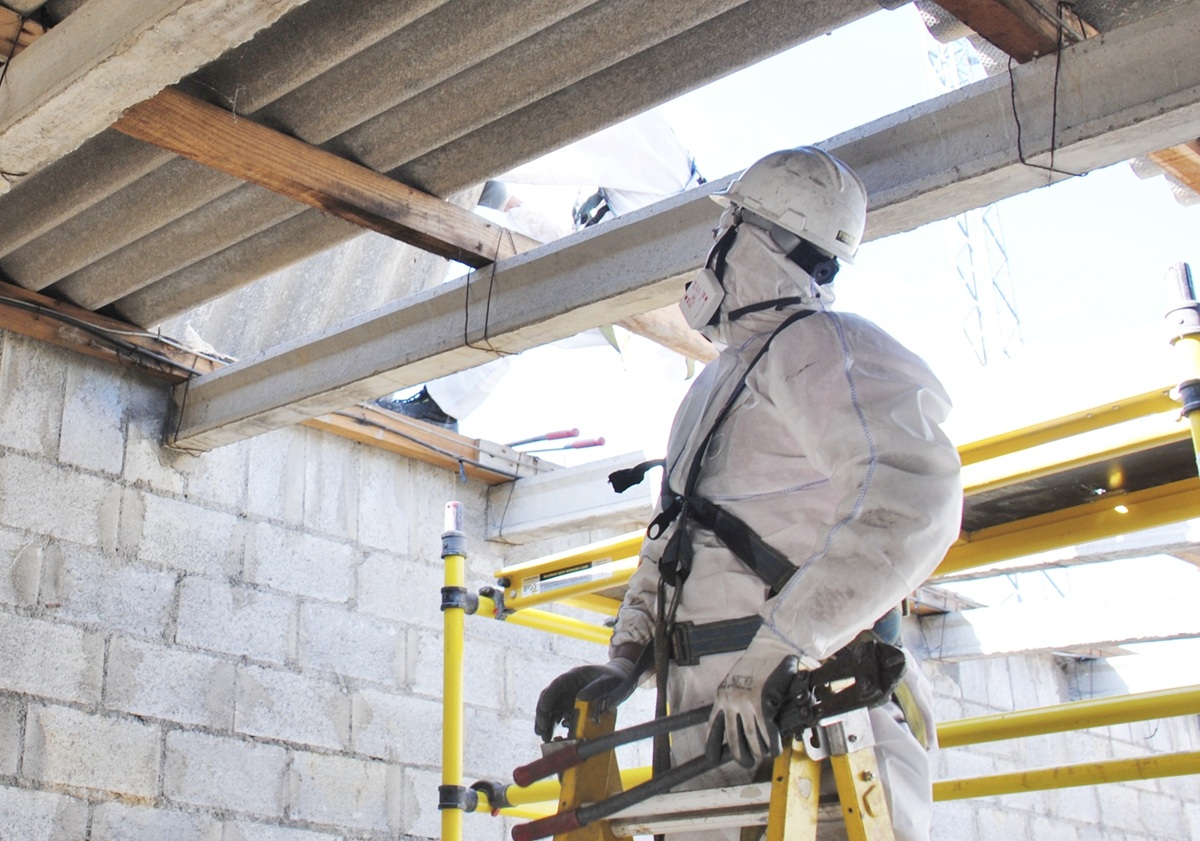-Appeared on San Diego County Apartment Association (SDCAA)
Much of the world’s best research about building strength during earthquakes happens right here in San Diego.
The University of California, San Diego, Jacobs School of Engineering conducts some of the most noteworthy studies available on the effects of earthquakes on buildings using one of the world’s largest shake tables — a massive platform that simulates the motion of seismic waves to test the stability of structures built upon it.

A soft-story structure is built on top of the shake table to simulate the building’s response to ground movement. (Credit: UCSD)
It sounds a bit like “MythBusters,” and at times it can be that dramatic. Video footage of the university’s tests on soft-story buildings frequently results in the multi-story structures toppling for the same dramatic value as the pyrotechnics of the once-popular television show.
But more important are the tests in which nothing is damaged.
In fact, the research done at the school supports the effectiveness of seismic retrofits in protecting buildings and the people inside them.
“Designing buildings that are safe, even during large earthquakes is hugely important,” Professor Shiling Pei is quoted saying on the university website. “We are doing that, and we are going further. We are working to minimize the amount of time buildings are out of service after large earthquakes.”
The research team’s findings have established effective approaches to retrofits on a variety of vulnerable buildings, but most notably on wood-framed, soft-story buildings with tuck-under parking on the ground floor and dwelling units above.
Cost-Benefits of Seismic Retrofits
Researchers at Caltech found that retrofits are cost-effective, too — when expected annualized loss would be reduced by 50 percent or more at a cost that would equal no more than 10 percent of the replacement cost of a building.
FEMA found similar cost benefits in a two-year analysis of seismic retrofit scenarios applied to a variety of building types in locations throughout the United States.
How does that translate in actual dollars? A typical cost-benefit analysis would look like this:
- Apartment Building Value: $250,000 per unit
- 10-Unit Apartment Building: $2.5 million
- Retrofit Cost (10 units): $75,000
- Percentage of Value: 3%
According to the calculations by Caltech and FEMA, the retrofit would present an overall cost benefit if the percentage of value is 10% or less. In this very real example, the number is much small, meaning the cost benefit is much larger.
Retrofits make good business sense, according to these figures. And, they are good for an entire community as well. The National Institute of Building Sciences in its seminal report, Mitigation Saves, estimates that for every dollar spent on mitigation, society sees a resilience benefit of four dollars or more.
Every building protected from earthquake damage enhances its capacity to spring back quickly from hardship – for tenants, employers, hospitals, government services and the building owners themselves. Every building saved means businesses continue to operate, families can remain in their homes, and employees can go to work.
It’s another step away from the chaos and crime that can result from a community’s economy shutting down due to earthquake damage.
The first step towards achieving this resiliency is to identify buildings that are vulnerable to damage in an earthquake. Is yours one of them?






